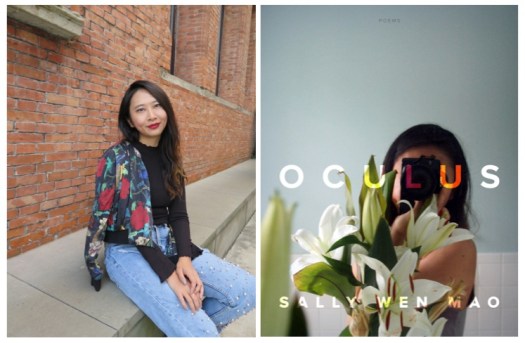
Iceland is a country of stark beauty — one in which no pictures truly capture the experience of being there, present in that place of fire and water.
Driving from the airport can seem at first underwhelming. The surrounding countryside feels barren — until you realize that the fields are actually comprised of lava rock covered in a spongy grey-green moss, which lends everything an alien appearance. We were lucky enough to come when the Lupine was blooming, covering the landscape in bright purple-blue patches of vibrant color.

Further exploration of Iceland reveals a grand compilation of stunning landscapes, making it feel like we were traversing different countries while driving along. Over the course of our trip, we saw bubbling hot springs and geysers, astounding waterfalls, black sand beaches, craggy coastlines, and stony green mountains.



While the weather ranged from cool to quite cold, we were blessed with beautiful weather on our trip. Generally, Iceland tends to be quite rainy during the summer months — but we mostly experienced sun-spattered days and were only hit with rain on our last days. The biggest weather challenge was the constant wind, which on one hike was so intense I thought it would push me off the slim trail.

A lot of blog posts I’ve read about Iceland have focused on how expensive traveling within the country is — and it is true that it is not a cheap place to travel, the prices were not as exorbitant as we expected them to be (with the exception of the gas prices). The cost of food, for example, felt like it was on par with eating at decent restaurants in Bay Area, California, where my siblings and I are from.
All of my siblings and I fell in love with Iceland. The people, the communities, the landscapes, all made us feel as though the seven days that we were there were not nearly enough. I hope we will all be able to return at some point in the near future and take even more of the country in.


A Seed to Hatch | Twitter | Instagram



 I’ve read three fantastic collections of poetry in the past month. In Oculus , Sally Wen Mao blends pop culture and technology to question viewpoints — how we reveal ourselves, how we see each other, and the power structures involved in who is telling the story and who doing the viewing. All the poems in this collection are fantastic, but I was particularly enamored with a series of poems written within the perspective of Anna May Wong, the first Chinese American movie star, who time travels her way through the history and future of cinema. Through the eyes of Wong, Mao is able to examine the portrayals of Asian characters in movies, from Bruce Lee to Breakfast at Tiffany’s and Sixteen Candles. I love the way she explores representation throughout this book, which is probably one of my favorite poetry reads thus far in 2019. I had a great conversation with Mao on the
I’ve read three fantastic collections of poetry in the past month. In Oculus , Sally Wen Mao blends pop culture and technology to question viewpoints — how we reveal ourselves, how we see each other, and the power structures involved in who is telling the story and who doing the viewing. All the poems in this collection are fantastic, but I was particularly enamored with a series of poems written within the perspective of Anna May Wong, the first Chinese American movie star, who time travels her way through the history and future of cinema. Through the eyes of Wong, Mao is able to examine the portrayals of Asian characters in movies, from Bruce Lee to Breakfast at Tiffany’s and Sixteen Candles. I love the way she explores representation throughout this book, which is probably one of my favorite poetry reads thus far in 2019. I had a great conversation with Mao on the  John Sibley Williams’
John Sibley Williams’ 